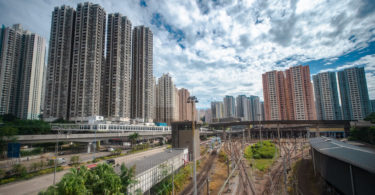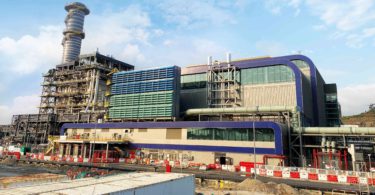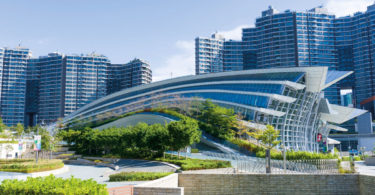Megalopolis may be one of the preferred or unavoidable urban development models in future. The 2018 Revision of the World Urbanization Prospects published by the Population Division of the United Nations Department of Economic and Social Affairs (UN DESA) has forecasted that 68% of the world population would live in cities by 2050. The report further predicts that by 2030, there would be 43 megacities with more than 10 million inhabitants. As the world continues its rapid urbanization, the hyper-density cities appear to be inevitable. However, the hyper-density urbanism model, despite its economical effectiveness and centralised governance efficiency, may have its drawbacks.
In the article, Population Density under Social Pathology, published in Scientific American, the ethologist and behavioural research scientist John Calhoun talks about over-population effects on the breakdown of normal social structure. Calhoun’s whole life was devoted to the scientific study of the behaviours of habitants under over-population condition, and demonstrated that over-population, overcrowding could lead to disruptive violent behaviours.
In my presentation, using Hong Kong as an example, I shall share some observations on the issues of hyper-density living and why we need to be on guard of overcrowding and congestion. Rem Koolhaas’s Delirious New York is about a retroactive manifesto for Manhattan, where Koolhaas sees New York as a stage for the terminal phase of the western capitalistic urbanism. I would suggest that Hong Kong has gone further than New York on that path and has become the ultimate experimental lab of capitalist urbanism — its goal is to achieve business development at all costs with a hyper-density urban model for commercial efficiency and expediency.

To read the complete article, register your details above
to be notified once the revamped Construction Plus App is ready!

Donald Choi
Vice President (Local Affairs), HKIUD Chief Executive Officer, Chinachem Group

 Malaysia
Malaysia Singapore
Singapore Indonesia
Indonesia Tiếng Việt
Tiếng Việt ประเทศไทย
ประเทศไทย










